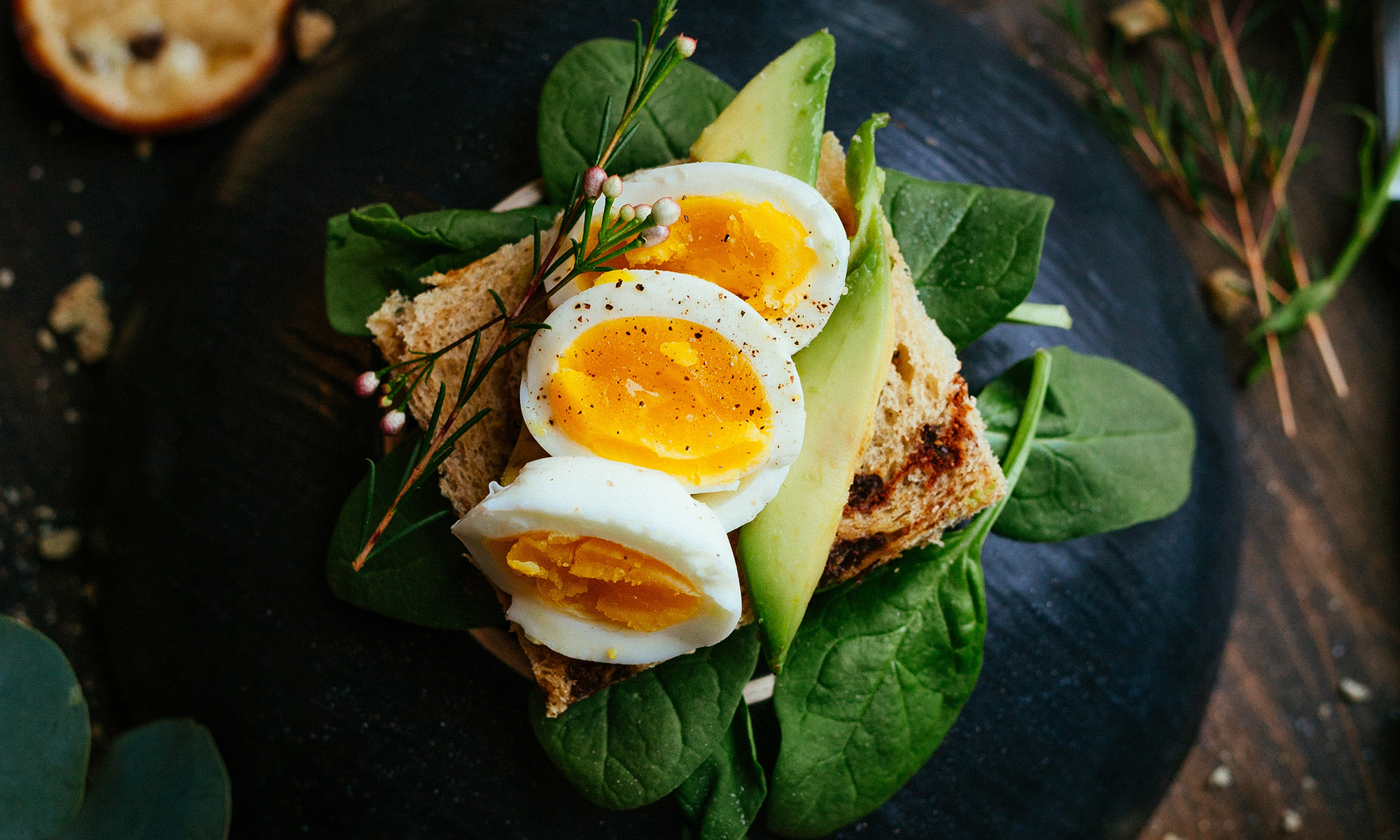Roasting the bird whole is perhaps the easiest way to contend with it. The perennial problem with this method is that the breasts cook quicker than the legs. And legs need to be cooked through, whereas the breasts are best medium or medium rare. If you break down the bird you can give each part its proper attention. Consistent in the cooking methods of each part of the bird is rendering the fat. This extremely fatty bird can render as much as 2 cups of fat.
I butcher the bird into 4 parts – the breasts, the legs, the carcass and the excess fat.
I reserve the carcass for duck stock. But before I even think about the stock, I shove it in the oven at 350 for an hour. The bones roast golden brown, which will add depth of flavor to the eventual stock, and the fat that coats the bones renders away. The stock will be much leaner for this extra step. I then throw the bones into a pot with a carrot, onion and celery stalk; a few sprigs of parsley, a pinch of salt and a twist of pepper. The whole thing is covered in water, and back into the oven for several hours. The stock can be used to make a sauce, soup or even to make risotto.
My favorite way to prepare duck legs is to confit them. If I’m organized, I start the process at least 1 day in advance. Classically, confit means “to cook in its own fat.” Chefs have taken liberties with the word to mean, braised in fat. If you’ve even seen “tomato confit” on a menu you can see what I mean. Obviously, a tomato doesn’t have its own fat, so in order to confit it, it is slowly roasted in olive oil. For duck legs, the long, slow cooking tenderizes the meat, melts away the excess fat, gives the meat a chance to absorb the flavors of the marinade and keeps it moist and succulent. The legs get rubbed with salt, plenty of garlic and warm spices, including cinnamon, cumin and ground ginger. I place them in a pyrex dish, skin side up, and put the excess fat on top. After 24 hours, of marinade, I cook them slowly in a 250F oven… at least 3 hours, but 6 hours is better. The fat melts away and creates a broth in which to braise the legs.
The breasts get broken down further, separating the skin from the meat. The skin goes into the oven at 350. This renders out the fat, leaving crackling, crisp skin. After a little marination in soy sauce and vanilla, I sear the breasts to medium rare, a process that takes only ten minutes.
A single bird is enough to serve four people a gracious meal of “Duck Three Ways”
Duck Confit
This recipe is adapted from Madeleine Kamman's recipe
4 Duck legs
1/2 tsp. each cumin, coriander, cinnamon
1/4 tsp. each allspice, dried thyme
pinch cloves
1/4 tsp. each cardamom ginger nutmeg
lots of garlic, chopped
half "a lot" of shallots, chopped
salt and pepper
duck fat (or fat trimming from whole duck)
1. Combine spices.
2. Season duck generously with salt, pepper and spice mix on the flesh side.
3. Toss with garlic and shallots.
4. Let sit for at least 24 hours.
5. Cook duck legs in 250 oven covered in duck fat for 2-3 hours, or until meat is very tender, and skin pulls away from the tip of the leg bone.
6. Store in fat until ready to serve.

Its been a while since Ive worked with duck, but always enjoyed it. You are right that a single bird can go a long way. I just have to remind myself to suit up, because there can be a lot of spatter.
It is very economical, and it just takes a little practice to be able to learn to make the cuts. This looks yummy as always.
duck confit is one of the top things for us to make..we have some duck fat just waiting!
Id love to try the whole duck process. Julia – I think you should submit a whole duck event as a Foodbuzz 24,24,24. It is so interesting and would make a great party.LL
ahhh the confit… great minds think alike!
mmm mmm mmm I hadnt thought about roasting the carcass before making stock. I usually use the breasts and wings for Jacques Pepins recipe for duck with shallots and pasnips. And any cracklins that escape me are highly appreciated by my dogs 🙂